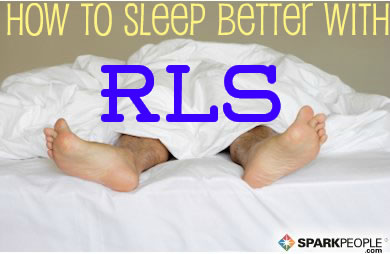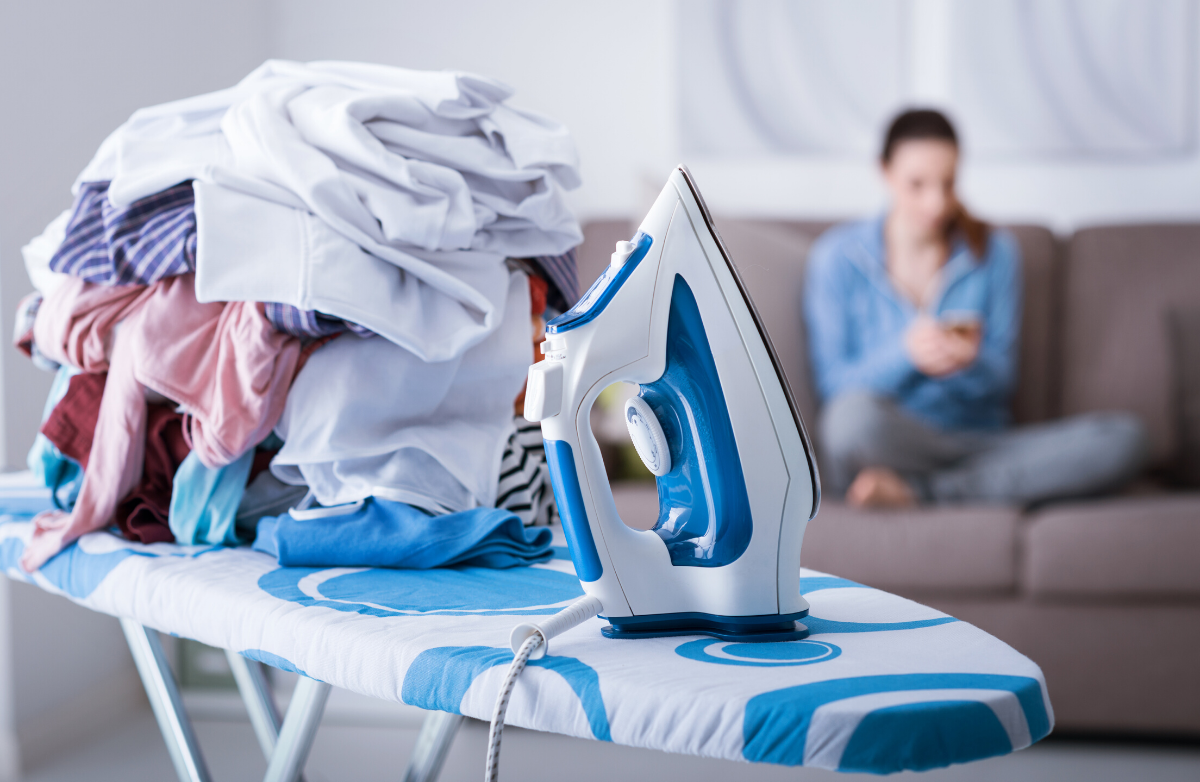|
You exercise to reap the benefits—losing weight, boosting energy, getting stronger, living longer—but like any meaningful journey, the road to results has its share of speed bumps. (Sore muscles, stiff joints and fatigue, anyone?) A smart recovery plan can help keep those unwelcome effects at bay, allowing you to enjoy all the perks of your workouts without the pitfalls. In addition to stretching, foam rolling, refueling, sitting in a sauna or steam room and other traditional methods, some athletes are turning to cryotherapy to help alleviate muscle soreness and fast-track the recovery process. What Is Cryotherapy? Named after the Greek word "krous," which means cold or icy, cryotherapy involves the use of extremely cold temperatures to treat certain conditions. If you’ve ever used an ice pack to ease sore muscles, that's a form of targeted cryotherapy—but the type that’s making headlines lately is whole-body cryotherapy (WBC). During a WBC session, the person sheds most of his or her clothing and then enters a tank or chamber that is cooled with nitrogen to sub-zero temperatures—anywhere from -160 to as low as -300 degrees Fahrenheit—for a period of two to four minutes. The extreme cold causes the blood to rush to the core of the body, and then back to the rest of the body after the session. This unique, somewhat controversial treatment has been linked to a bevy of benefits, from pain relief to improved circulation to greater energy and happiness. There is currently no state or federal regulation of the cryotherapy industry, and cryogenic devices have not been approved by the FDA for medical use. History of Cryotherapy Although it's currently in the limelight, cryotherapy isn't new. According to Mark Miller, owner of Arctic Cryotherapy, WBC was first developed in Japan in 1978 to treat rheumatic diseases, such as rheumatoid arthritis, and from there was used as a dynamic treatment for pain and inflammation associated with a multitude of chronic conditions. Over the course of three decades, the practice picked up steam in Europe and other countries. It emerged here in the United States in 2009, where it's been gaining popularity through the endorsement of professional athletes and celebrities, including Tony Robbins, Shaquille O'Neal, Mandy Moore, Derek Hough, Floyd Mayweather, Jr., Demi Moore, Alicia Keys, Jennifer Aniston, Kobe Bryant and Jessica Alba. According to Miller, cryotherapy has been linked to a bevy of benefits:
Although some controlled studies have found WBC to be effective in alleviating soreness and inflammation immediately after exercise, the findings aren't conclusive. The authors of the study included this disclaimer: "Until further research is available, athletes should remain cognizant that less expensive modes of cryotherapy, such as local ice-pack application, offer comparable physiological and clinical effects to WBC." In 2015, medical researchers at Cochrane did a comprehensive review of all medical databases for studies that measured the effects of WBC. After finding only four small studies, all of which "had aspects that could undermine the reliability of their results," they concluded that there isn't sufficient evidence to recommend WBC for treating muscle soreness, and that the risks could outweigh the potential benefits. Dr. Robert Glatter, an emergency physician at Lenox Hill Hospital in New York and a spokesman for the American College of Emergency Physicians, shared his professional opinion of cryotherapy, which was published on WebMD. "There is no proven benefit for the use of WBC for therapy for recovery for workouts," he says. "While it may help you to feel less sore after working out, it has not been proven to improve functional recovery or reduce possible muscle damage after a strenuous workout. Claims that it is an effective detox or a way to lose weight or even reduce stress are unfounded." Glatter also warns of the risks of frostbite, hypothermia, heart attack or seizure with the sudden exposure to extreme sub-zero temperatures. Not for Everyone: Risks and Drawbacks Before jumping on the deep-freeze bandwagon, it’s important to understand the potential for undesirable side effects. Although Miller maintains that risks are rare, they do exist. Some people may experience fluctuations in blood pressure, allergic reactions to extreme cold, anxiety, temporary redness of the skin, chilblains (painful inflammation of small blood vessels in the skin), skin burns and scarring. There are several conditions and factors that aren’t compatible with cryotherapy. For instance, if you’re pregnant, have high blood pressure, have experienced heart trouble or meet any of the other contraindications, you should steer clear of freeze therapy. There have been some widely publicized instances of cryotherapy gone wrong. In 2011, American sprinter Justin Gatlin got frostbite after entering a cryogenic chamber while wearing wet socks. In 2015, a 24-year-old Las Vegas woman died during a cryotherapy session, a tragedy that triggered investigations into the practice. "I Tried Cryotherapy" Last year, when 39-year-old Amanda from Cincinnati was going through a stressful time, a friend suggested that she try cryotherapy as a means of relaxation. "Like most people, I was hoping that freeze therapy would offer a 'quick-fix' solution," she says. Amanda purchased a three-minute session at The Chill Zone, a local cryotherapy facility, for $50. Soon after entering the chamber, her legs became painfully cold and stiff. "I did panic a bit, but the woman assured me that it was a safe and normal reaction for someone with a smaller frame," she says. After completing the session, Amanda reported a short-lived feeling of euphoria, but it faded quickly. Given her leg pain and underwhelming results, as well as the cost, Amanda doesn't plan on returning for more cryotherapy. After researching further, she discovered that thinner people with less body fat are more prone to the type of discomfort she experienced. "I would definitely want people to be aware of the risk of having leg pain like mine," she says. Before You Go If you are considering trying a cryotherapy session, it's important to know what to expect and to take the necessary precautions.
Although many have credited cryotherapy with reducing muscle soreness, speeding up recovery and achieving other benefits, there's not yet enough evidence to substantiate these claims. As Dr. Glatter says, "More research needs to be done to define if there may be any potential benefits. Protocols for cryotherapy are not standardized and have not been studied systematically thus far." Given that the industry is still unregulated and the devices are not FDA-approved, it's important to understand the risks, take the necessary precautions and consult with a doctor before embarking on the big chill. Join us each month as we sift through the so-called life hacks and miracle cures to get to the bottom of the latest buzzworthy trend. Get the facts and decide for yourself if you should Spark It or Scrap It. |
Popular EntriesMore From SparkPeople |















